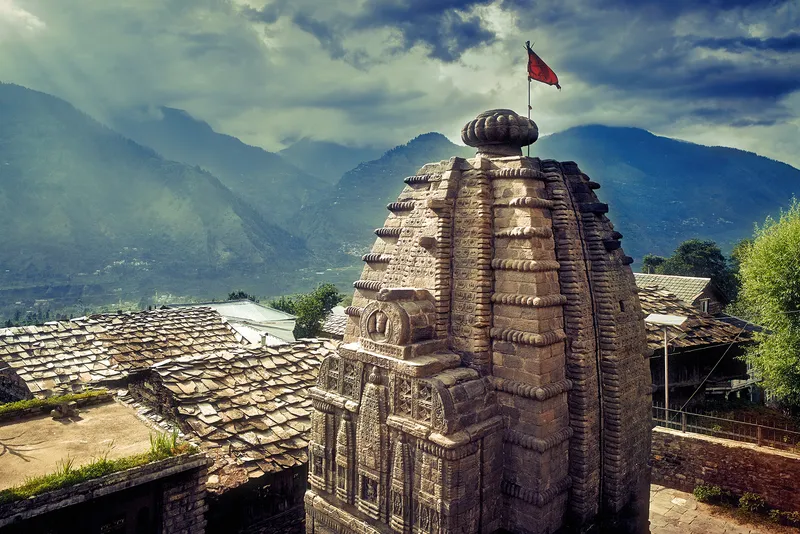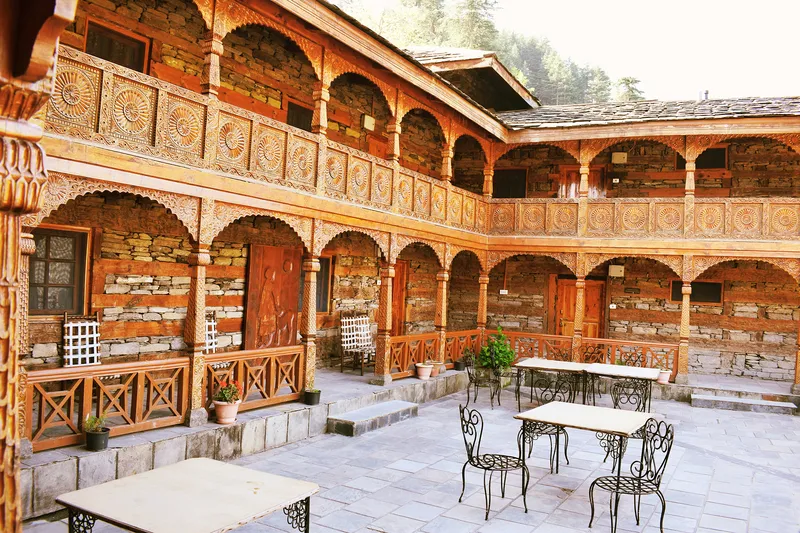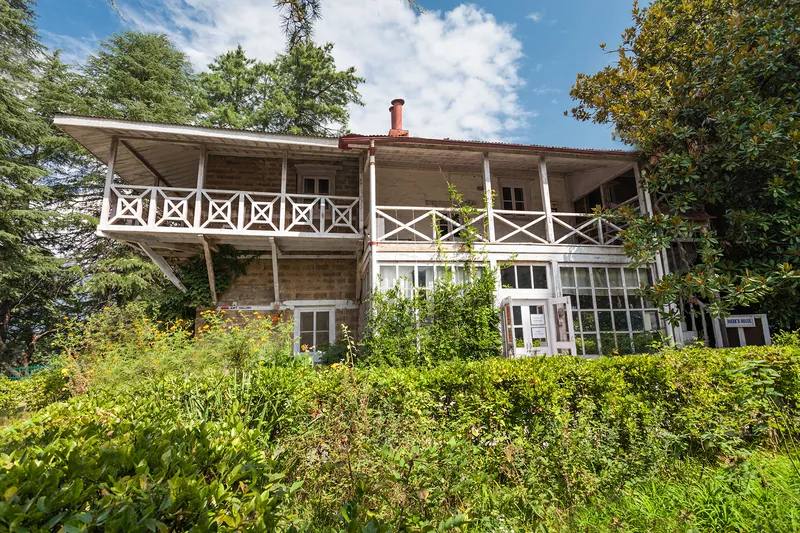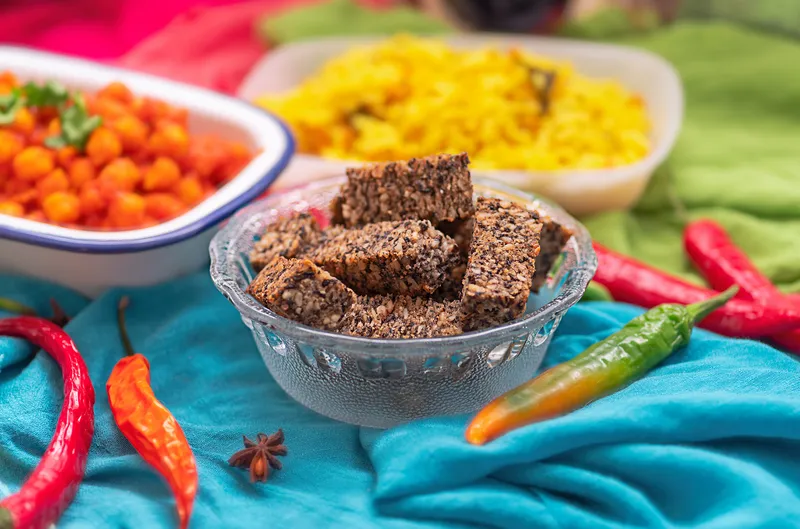The ultimate guide to Naggar, a serene hill town in Himachal’s Kullu district
Here’s all that you need to know before visiting Naggar, a hidden gem just a few kilometres from the tourist hotspot of Manali, dotted with ancient temples and structures that whisper secrets from the past.
Until a few years ago, I was resistant to the idea of exploring destinations beyond the tourist circuit. The thought of heading to a place that was less crowded and slow paced was a little too ‘boring’ for me. But today, I have a starkly contrasting view, with my urge to scout ‘unknown’ places getting stronger with each passing year.
That’s how I stumbled upon Naggar, a relatively unknown town in Himachal Pradesh’s Kullu district. It’s only a little over 20 km away from the tourist hotspot of Manali, but it’s far more pristine and peaceful than its sought-after neighbour.
Located on the left bank of the Beas river, Naggar is steeped in Himachali culture. Once the capital of the Kullu kingdom, the town is dotted with ancient temples and structures that whisper secrets from an ancient past. Besides a rich culinary heritage, Naggar also boasts art galleries and other splendid sights that make the place worth visiting.
Naggar’s real heritage are its people–simple and warm, who instantly open up their homes and hearts to travellers. Some of my best experiences from this visit have to be sharing a meal with locals in their village home, dancing away to folk tunes with them, and watching them regale in the joy of their culture.
If you are visiting Naggar for the first time, it may feel like there’s not much to do–but take a leap of faith and you’ll be fascinated by the deep, immersive cultural experiences that this town has to offer.
On a temple trail

Gauri Shankar temple in Naggar I Image credit: Shutterstock
While in Naggar, a temple trail is a must. The first stop should be the 16th-century Tripura Sundari Temple, with its gabled roof serving as a reminder of its ancient past. Its wooden pagoda-style structure is visible from a distance, drawing much intrigue from travellers of all age groups.
The stunning temple is made with deodar wood, a locally sourced building material used commonly across the Kullu valley. As the temple isn’t crowded on most days, take your time to observe the intricate carvings–while some appear faint and weathered over time, others are sharp and distinct.
There’s also a century-old Krishna temple not too far from the town’s most prominent landmark–Naggar Castle. Also known as the Muralidhar temple, this structure has a well-defined shikhara or dome.
While Lord Krishna is the central deity, the temple also houses idols of Radha, Garuda, and Lakshmi Narayan. The temple complex also offers sweeping views of the mountains; so sit back and take in the beauty.
Don’t forget to visit the Gauri Shankar temple close to the Naggar bus stand. It has shikara-style architecture rising to nine storeys, adorned with ardharatna (half diamond) motifs.
An architectural marvel, this temple dedicated to Lord Shiva is believed to be the last monument of the Gurjara-Pratihara tradition, which is known for its exquisite sculptures, carved panels, and open pavilion-style temples.
Other places of interest

Naggar Castle I Image credit: Shutterstock
Besides temples, there are several other places that deserve a visit.
Naggar Castle–a tourist favourite–garnered attention after being featured in the song Ye Ishq Hai from Kareena Kapoor Khan’s film Jab We Met.
This castle–built in the traditional Kath Kuni style that uses alternate layers of wood and stone masonry (without the use of mortar)–commands your attention instantly with its impressive architecture.
The medieval castle constructed by Raja Sidh Singh of Kullu around 1460 AD has been converted into a hotel today. There’s also a café here where visitors can enjoy a cup of coffee paired with munchies.
When in Naggar, do drop by Roerich Estate, set amid lush greenery, offering breathtaking vistas of the surrounding hills. Once the estate of actress Devika Rani and her painter-husband Svetsolav Roerich (son of Russian artist Nicholas Roerich), it now houses an art gallery where visitors can learn about the life of the Roerichs.
The other art galleries in the town include Rudra Art Studio, Mindscape Art Gallery, and actress Deepti Naval’s studio.

Nicholas Roerich's museum interior, Naggar I Image credit: Shutterstock
A taste of village life and culture
While Naggar may not have the typical Mall Road found in hill stations, it has many interesting walking trails that lead you to neighbouring villages like Chachogi and Nashala.
My host at the Seeking Slow farm stay, Swati Seth, who also runs Color Caravan (a handmade manufacturer and brand rooted in native crafts and communities), organised a visit to an artisan’s house in Chachogi village, not too far from the main town.
The quaint village was punctuated with vibrant houses and temples offering a glimpse of typical Himachali architecture. Most of the houses here are made with alternating layers of wood and stone, and eventually bound without mortar.
The visit to Chachogi offered a peek into not just Himachali architecture but also the Himachali way of life.
After witnessing the weaving of pattu, a traditional garment worn by the women of Himachal Pradesh, we were treated to a flavourful fare of rice, madra (a local yoghurt based curry), rajma and saag (spinach). Everyone from the artisan’s family–from the youngest to the oldest member–joined us in the meal.

Himachali Sepu Vadi, a snack made with lentils I Image credit: Shutterstock
Up next was the Nati dance, which was a complete visual delight. It was performed by women across age groups, adorned in brightly coloured pattu, swaying to local folk tunes.
Legend has it that villagers perform this dance to appease the local deities, especially on festivals and special occasions.
The Nati dance is featured in the Guinness Book of World Records as the largest folk dance in terms of the number of participants. In October 2015, as many as 9,892 women participated in it during the international Dussehra festival in Kullu.
Before leaving Naggar, I helped myself to some local food at Bina’s Bhojanalaya, very close to Naggar Castle.
Bina’s Bhojanalaya offers authentic Himachali food including siddu, a classic steamed bun with walnut or lentil filling, served with dollops of ghee or rajma. The place also serves Tibetan fare.
How to reach Naggar
One could take a flight to Chandigarh airport. A road trip from Chandigarh to Naggar, covering a distance of about 260 km, takes around six to seven hours.
The nearest railway stations are in Chandigarh (about 259 km away) and Pathankot (276 km).
One could also take a bus from Delhi’s ISBT to Manali. Get off at Patlikuhal, which is only about 10 minutes from Naggar.
Where to stay
There are a few homestays and estates to choose from: Seeking Slow farmstay for women, NORTH Estate, Ragini’s, and Sonaugi Estate.
Where to eat
- Bina’s Bhojanalaya for Himachali food and Tibetan fare, including thukpa (broth), momos, and shabaley (bread stuffed with seasoned meat or veggies)
- The Reveries Café and Wool Café for steaming cups of tea and coffee and cakes
So wait no more! Pack your bags and head to Naggar to experience the pristine beauty that the town has to offer.
Edited by Swetha Kannan







